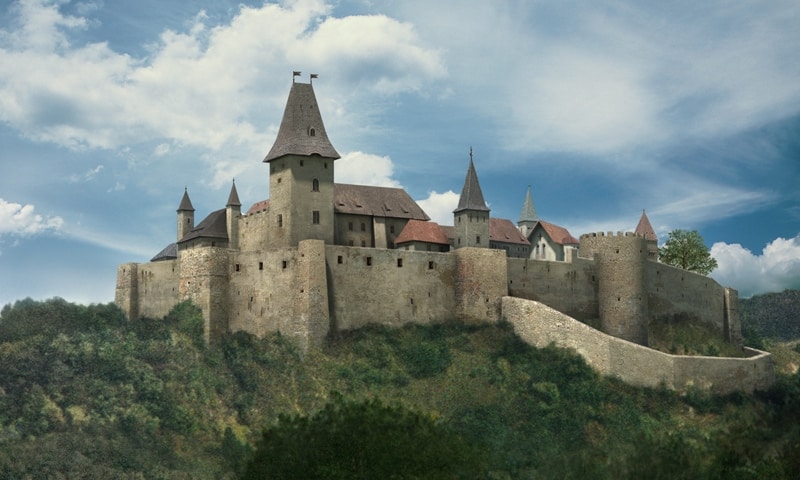According to the Guinness Book of Records, Hungarian Countess Elizabeth Bathory was the most murderous woman in history. She is reputed to have tortured and murdered young women in her charge during the late sixteenth and early seventeenth centuries. Over time, the facts of Bathory’s life have mingled with myth.
History remembers her unsubstantiated lust for the blood of virgins, which Bathory reputedly believed would preserve her youth, earning her the epithets ‘Bloody Countess’ and ‘Countess Dracula.’ The truth is, however, Countess Bathory was much more than a blood-crazed maniac. It also seems that the authorities who ‘brought her to justice’ were motivated by something more than disgust for her crimes.
The Bathory family was a powerful clan
Elizabeth Bathory came from an illustrious family whose lineage, wealth and power rivaled even that of the kings they served. The Bathory dated their origins to around 900AD. According to legend, a warrior called Vitus was asked to tackle a dragon that was terrorizing the swamplands of Ecsed, in the Heves County of Hungary. Vitus killed the beast with just three thrusts of his lance. His reward was Ecsed and its castle. He also earned himself a surname: Bathory or ‘good hero.’

ADVERTISEMENT - CONTINUE READING BELOW
From these small beginnings, the Bathory began to dominate the Kingdom of Hungary. In 1325, the Hungarian crown granted the family their coat of arms. The Bathory chose a design of three horizontal, white, teeth on a red background. This motif represented the mythical dragon killed by Vitus. Sometimes, it is portrayed surrounded by a dragon, biting its tail. The simple design also conveyed a powerful message: from small beginnings, the Bathory had achieved great things.
By the time of Elizabeth Bathory’s birth on August 7, 1560, the Bathory family could boast members who had served as Palatines (Prime Ministers) of Hungary. They also numbered a Duke of Lithuania and Princes of Transylvania among their ranks. By 1576, one of Elizabeth’s uncles, Stephen Bathory had become King of Poland. The family’s holdings spanned lands covering modern Hungary, Transylvania, parts of the Czech Republic, Slovakia and Austria- making them even bigger landowners than the Hungarian crown.
The marriage of Elizabeth’s parents Gyorgy and Anna Bathory unified two opposing branches of the Bathory family. It also consolidated Bathory’s power and influence – and the family’s increasingly uneasy relationship with the Hungarian crown. The Bathory tended to switch their allegiance to whichever power suited them best: the Hapsburgs one minute, the Hungarian Crown the next. It was a tension that remained throughout Elizabeth Bathory’s life.

